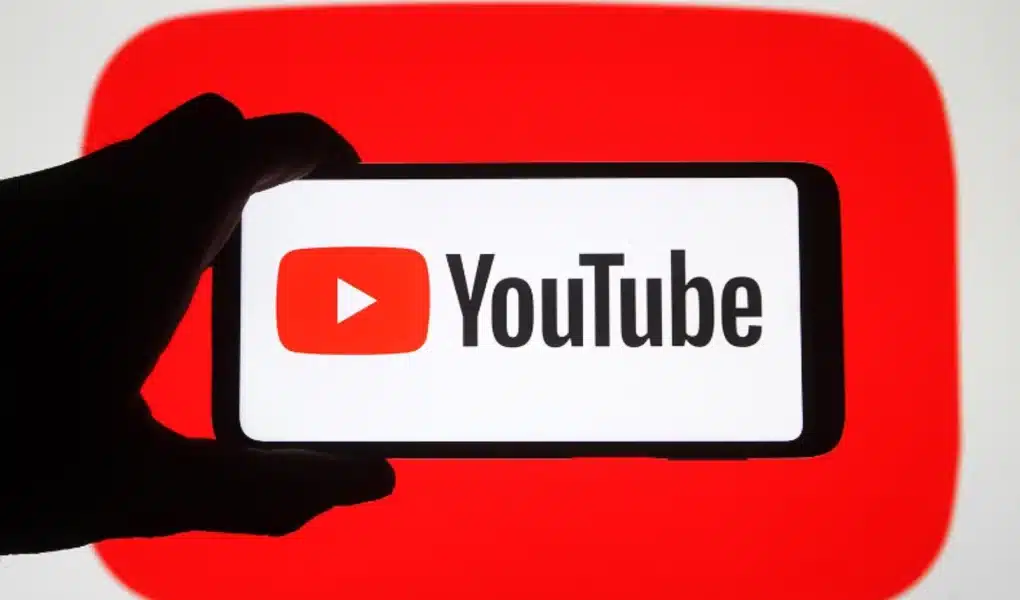YouTube, the world’s largest video-sharing platform, has recently made a significant update to its monetization policies. In a bid to empower and support content creators, YouTube has lowered the eligibility threshold for earning money through the YouTube Partner Program. This article explores the implications of this update, highlighting the new opportunities it presents for creators with 500 subscribers and delving into the potential impact on the YouTube ecosystem.
The Evolution of YouTube’s Monetization Policies:
Over the years, YouTube has implemented various changes to its monetization policies to strike a balance between supporting content creators and maintaining the integrity of its platform. Previously, creators had to meet stringent criteria, including reaching 1,000 subscribers and accumulating 4,000 watch hours in the past 12 months, to be eligible for monetization. However, YouTube’s recent update now allows creators with 500 subscribers to access monetization features, unlocking earning potential for a broader range of content creators.
Enabling Smaller Creators:
By reducing the eligibility threshold, YouTube aims to empower smaller creators and provide them with a platform to generate revenue from their content at an earlier stage in their YouTube journey. This update acknowledges the importance of fostering a diverse and inclusive creator ecosystem, recognizing that creative talent exists across channels of all sizes. It also encourages aspiring creators to pursue their passion and dedication, knowing that they can monetize their content and potentially turn their YouTube channels into sustainable businesses.
New Opportunities for Growth:
With the revised monetization policies, creators who previously fell short of the 1,000 subscriber threshold can now access features such as ad revenue, channel memberships, merchandise shelf, and Super Chat. These monetization options offer avenues for creators to monetize their content and engage with their audience in innovative ways. By opening up these opportunities, YouTube incentivizes creators to invest further in their channels, improve their content quality, and foster a loyal and engaged community.
Quality Content and User Experience:
While the updated monetization policies present exciting opportunities for smaller creators, they also underscore YouTube’s commitment to maintaining quality content and enhancing the user experience. YouTube continues to emphasize the importance of adhering to its Community Guidelines and Advertiser-Friendly Content Policies. Creators must still ensure that their content meets the platform’s standards to maintain their eligibility for monetization features. This focus on content quality and user experience ensures that YouTube remains a trusted platform for creators, viewers, and advertisers alike.
Implications for the YouTube Ecosystem:
The new monetization policies have the potential to reshape the YouTube ecosystem in several ways. First and foremost, the update encourages the emergence of a more diverse range of content creators, offering a broader spectrum of voices, perspectives, and niches on the platform. This increased diversity fosters creativity, encourages innovation, and enriches the overall content landscape on YouTube.
Additionally, the update could lead to greater competition among creators, as a larger pool of channels now vies for viewership and engagement. This competition may drive creators to elevate their content, engage with their audience more effectively, and explore new strategies to stand out in a crowded marketplace. Ultimately, this could result in a higher standard of content across the platform, benefiting both creators and viewers.
Conclusion:
YouTube’s decision to lower the eligibility threshold for monetization is a significant step towards supporting and empowering content creators. By allowing creators with 500 subscribers to earn money through the YouTube Partner Program, YouTube opens up new avenues for growth, encourages diversity, and nurtures a vibrant ecosystem of creators. The update not only benefits aspiring creators by providing them with monetization opportunities at an earlier stage but also contributes to the overall quality and variety of content on the platform. As YouTube continues to evolve its monetization policies, it reaffirms its commitment to fostering a thriving community of creators and viewers a




